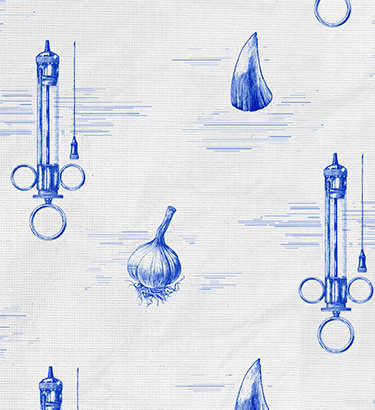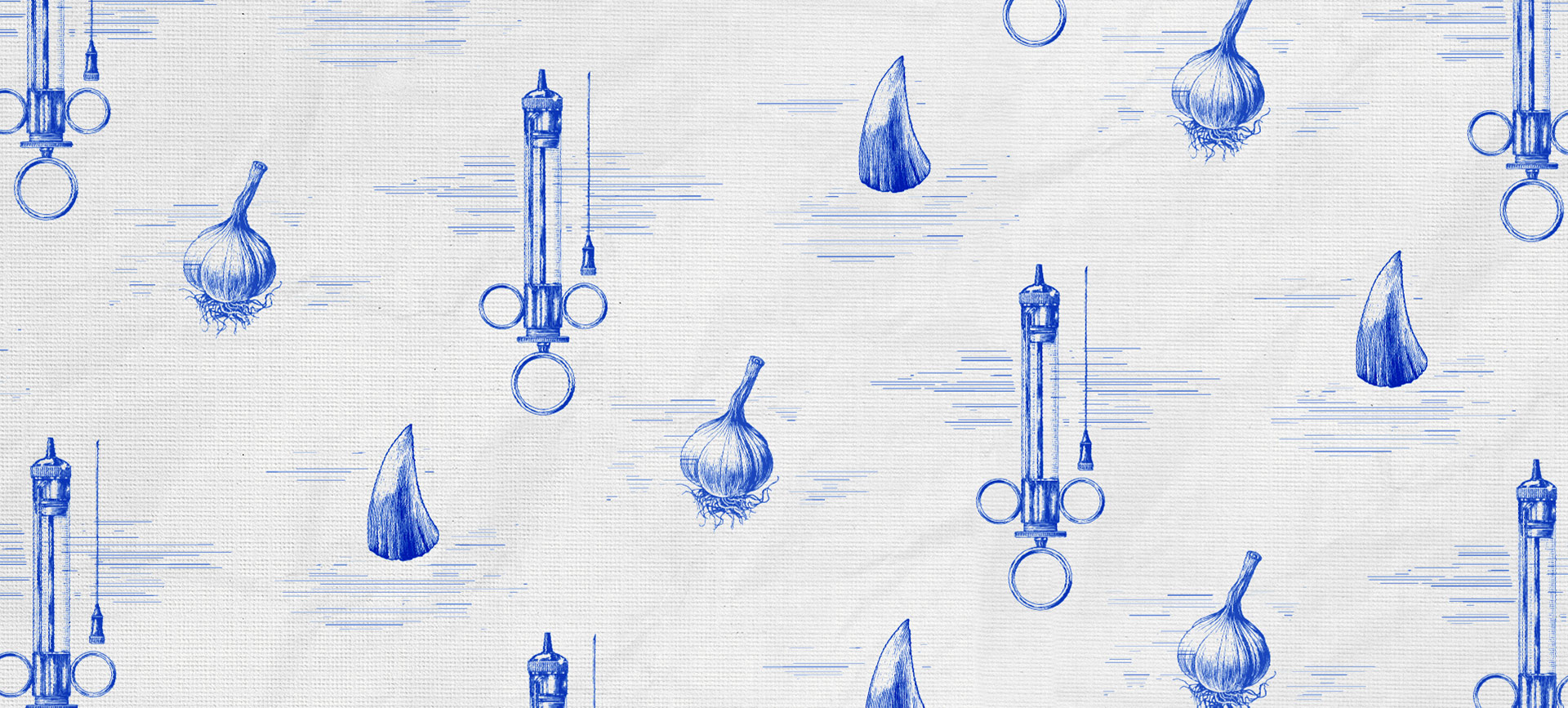The earliest known records of STI treatments were transcribed in cuneiform on clay tablets by ancient Mesopotamians. In "History of Venereal Diseases from Antiquity to the Renaissance," Franjo Gruber and his fellow authors explained that these ancient medical treatments were primarily theocentric, or focused on gods or demons associated with the infections.
To remedy issues such as vesicles on the genitals and urethral and vaginal discharge—symptoms believed to be punishments from the gods but were more likely caused by gonorrhea, chlamydia, trichomoniasis or herpes—clergymen and exorcists performed sacrifices and magical incantations to dispel demons from the body.











